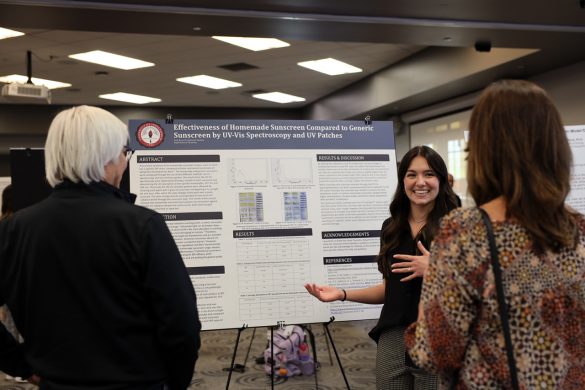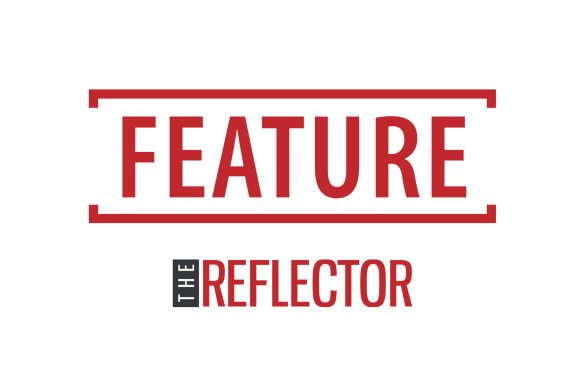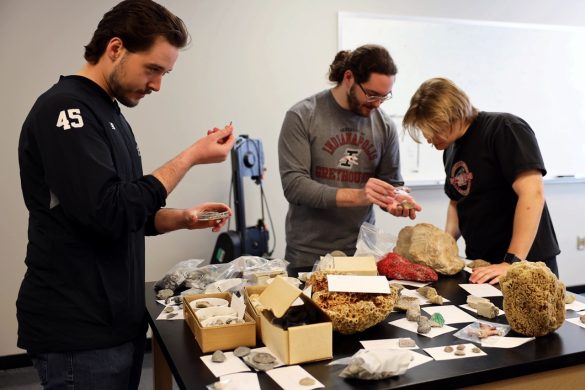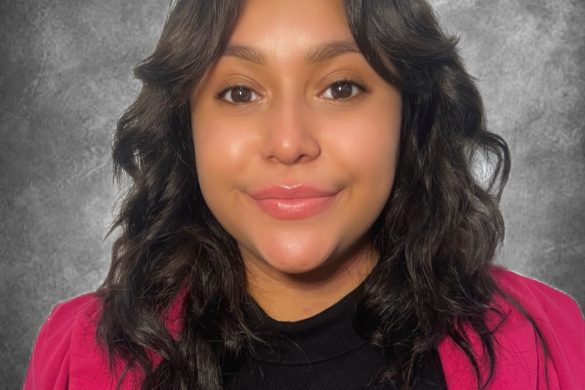Since its founding in 1902, the University of Indianapolis has been affiliated with both the Evangelical United Brethren Church and the United Methodist Church. Over the course of the last 116 years, however, the religious traditions held by students, faculty and staff have continued to diversify, according to University Chaplain Jeremiah Gibbs.
According to Special Assistant to the President for Mission and Associate Professor of Philosophy and Religion Michael Cartwright, the first members of the UIndy faculty were members of the EUB church, and several of them were ordained clergy. Cartwright said that after World War II, however, former University President I. Lynd Esch instituted a policy that there would be no chaplains on campus. At the time, one out of four members of the faculty were ordained clergy, and he wanted them to be available for spiritual counseling. By the 1970s, according to Cartwright, the number of faculty who were ordained began to decrease steadily. To this day, however, UIndy has faculty members who are ordained ministers and many who practice other faiths including Judaism, Christianity and Paganism.
Initially, the religious diversity on campus was limited to the first Catholic student in the 1930s, according to Cartwright. By the 1970s, UIndy started to welcome students from other faiths. Cartwright said that the one of the causes of this was higher education becoming more accessible because of federal funding for grants and loans.
According to Gibbs, partnerships and programming also have contributed to the diversity of faiths on campus. By the end of the 1990s, there were enough students and faculty from various faiths that the university created a code of ethics for religious organizations, according to Cartwright.
Both Cartwright and Gibbs said that the number of students from different faiths fluctuates based on programming and immigration regulations in various countries. Cartwright said that the diversity of faith has enriched the United Methodist traditions upon which the university is based.
“We have had examples that are richly hospitable and those examples grow out of a long Christian history,” Cartwright said. “But as our statement of values indicates, we want to extend hospitality that is informed by the United Methodist Church and enriched by the traditions, religious and secular. So that tries to tie things together in the midst of obvious differences. But, I would say, if we can succeed in giving and receiving hospitality in ways that make sense, according to the United Methodist traditions, and can be enriched by the contributions and other religious traditions and secular folks, then we are succeeding.”
The Office of Ecumenical and Interfaith Programs offers on-campus resources for students of all faiths, according to Gibbs and Associate Chaplain Arionne Williams. Students can use the chapel, prayer room and soul care room located on the second floor of the Schwitzer Student Center. Several times a semester, the EIP office sets up a labyrinth in the chapel which students and faculty can walk and pray or meditate. They also created a list of interfaith resources, given to each resident assistant, that lists on-campus and off-campus resources, tips for engaging in interfaith dialogue and an explanation of the different traditions of the religions represented on campus, according to Williams. Gibbs and Williams said that the chaplains also are available to support students of all religious backgrounds and to connect them with others of their faith on campus and in the community.
“The thing about being a chaplain that people don’t realize is [that] the term of chaplain is always supposed to be a spiritual leader in a secular space,” Williams said. “That’s why you don’t have chaplains at a church. You have chaplains in places that are secular, or at least religiously diverse….We are supposed to be able to engage people from a variety of different traditions. Built into our role is the idea that we are a resource, and accessible and approachable for people with a variety of faith traditions, as well as those who don’t claim a faith.”
There is also a variety of interfaith programming on campus, according to both Gibbs and Williams. The Interfaith Scholars and the Better Together registered student organization both host events such as the Interfaith Winter Festival and the Interfaith Peace Service. The goal of these programs and the EIP office, according to Gibbs, is to help students have the ability to ask questions and learn about other traditions.
“I think I would want to encourage students across our campus that this may be — for some of you — the best opportunity of your life to engage persons of religious diversity in ways that are safe, to be able to talk about hard questions to be able to ask another person why they believe the things that they do,” Gibbs said. “…You have the opportunity to begin to probe that diversity in those hard questions in a way that, hopefully, is safe and can alleviate some of the conflict that we often see in the world. And not only the conflict, but just the misunderstanding.







